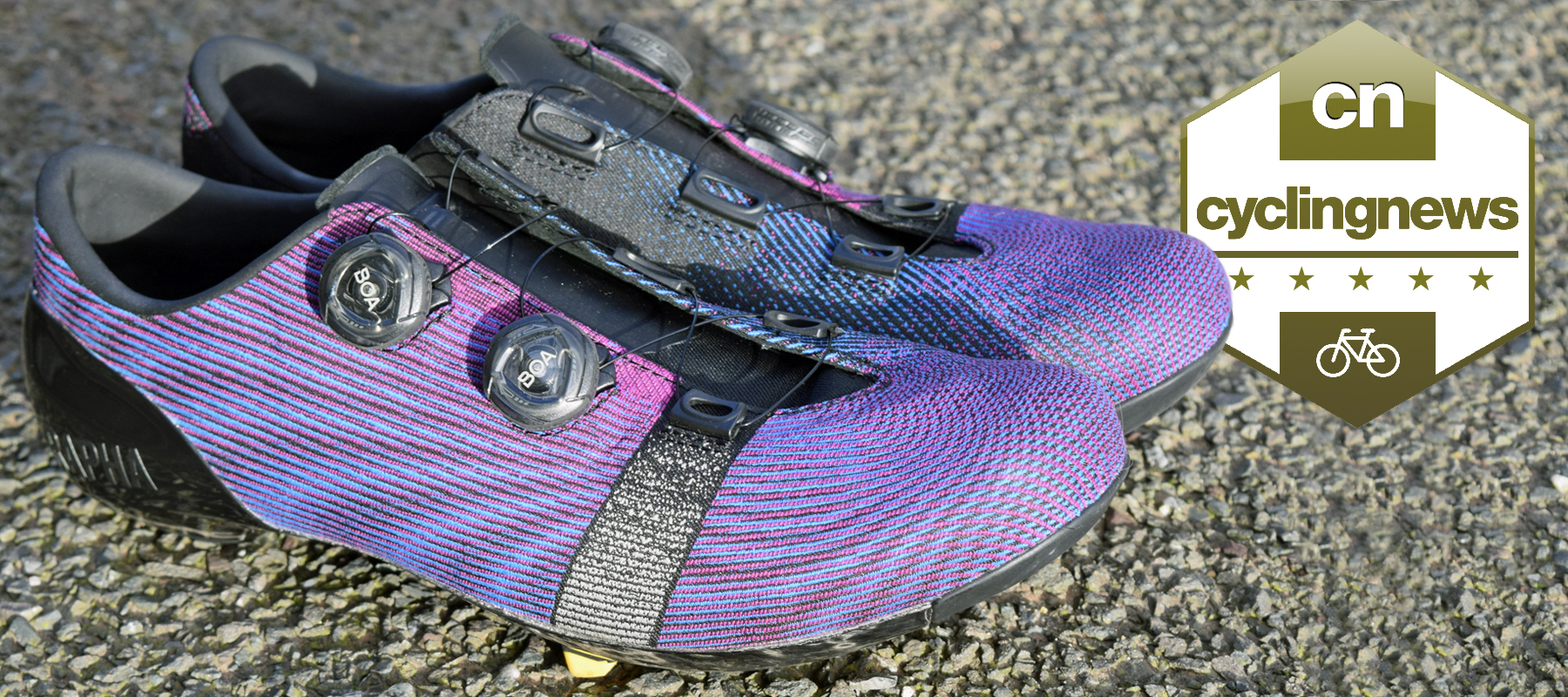Cyclingnews Verdict
Comfortable, light, durable and stiff, in 1500km of testing the Rapha Pro Team Powerweave shoes are, as yet, infallible
Pros
- +
Lightweight
- +
Out-the-box comfort
- +
Extreme stiffness
Cons
You can trust Cyclingnews
The new Rapha Pro Team Powerweave shoes were launched today, and their arrival marks Rapha's arrival on the scene of WorldTour race-ready shoes, with the new shoes already being piloted by EF Pro Cycling riders Neilson Powless and Lachlan Morton at the Tour Down Under.
Of course, Rapha has done shoes before, with a former collaboration with Giro and their more recent launch of the Classic and Explore footwear but, with the Pro Team Powerweave, this could be the first time they've really cracked it.
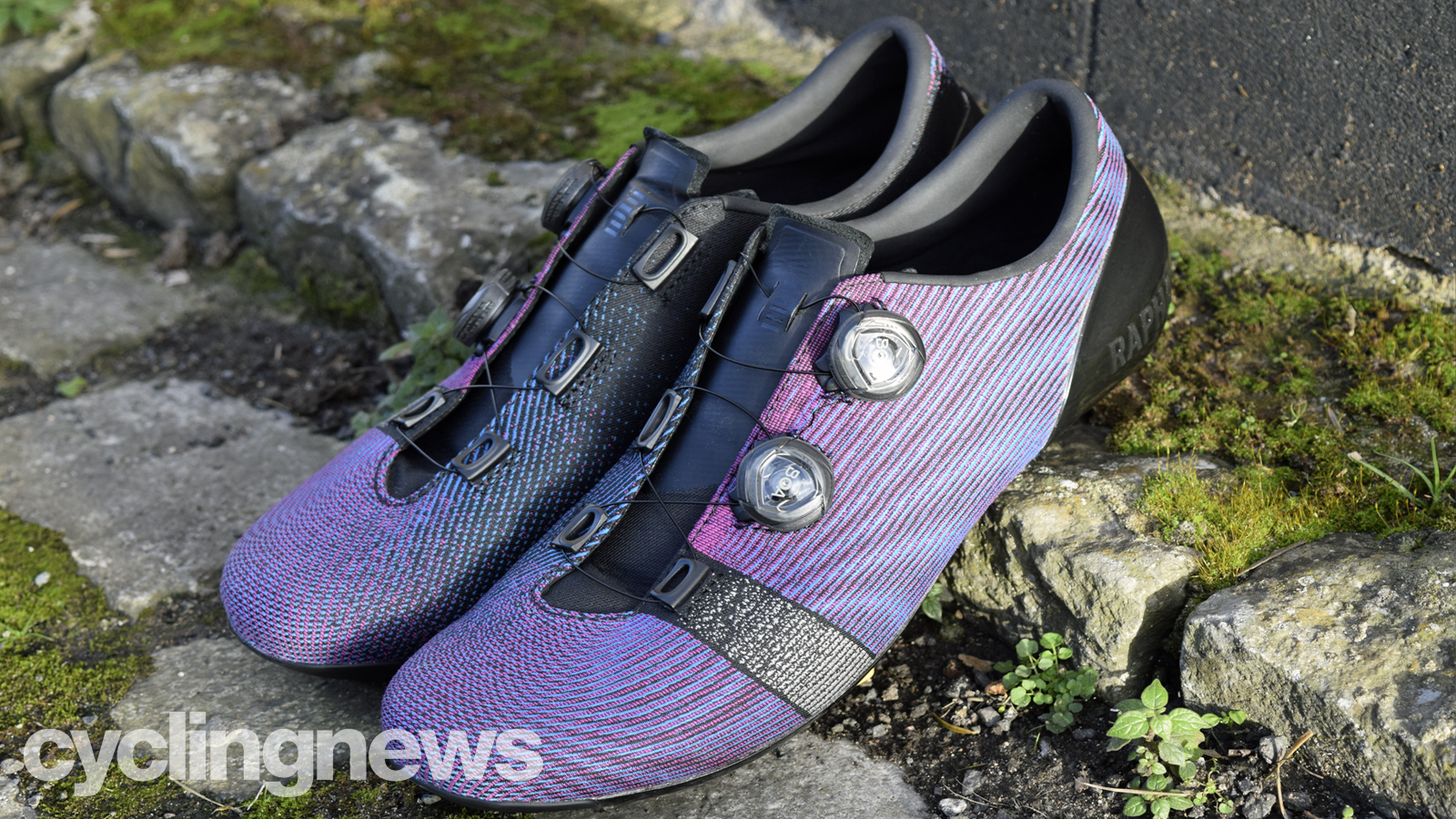
Design and aesthetics
The Pro Team Powerweave shoes are available in three colourways. We've got access to the blue/purple theme, which coincidentally, matches Cyclingnews colours perfectly. There are also black or light-grey options to choose from. All of the above see a DWR coating for water repellency and to keep them looking factory fresh.
The first visual observation you make is the construction of the shoe's upper. From afar, it looks to be normal microfibre, get closer and it appears almost knitted, but only when holding the shoe do you realise it's something different altogether. Rapha calls it Powerweave - and it's a technology that will be found in Rapha clothing as well as shoes.
According to Rapha engineers, they found that knitted products can be more elastic, whereas due to the construction, woven material can be more supportive with lighter weight (quoted at 220g per shoe for a size EU42, which seems a tad optimistic, as we get 343g for the size EU46 with 72g Shimano cleats). Using jacquard weave, Rapha can control each individual warp yarn to add extra layers in certain places for support, and fewer layers for greater ventilation where desired.
To learn more, we spoke to Rapha in Majorca in November, at the brand's annual Summit.
"The design gets programmed into a computer which instructs individual warp yarns to lift, so the weft can be inserted.
"The main difference compared to normal weaving is that you have to lift groups of yarns together, but in Jacquard weaving, every yarn has an independent frame, allowing high definition designs and textures.
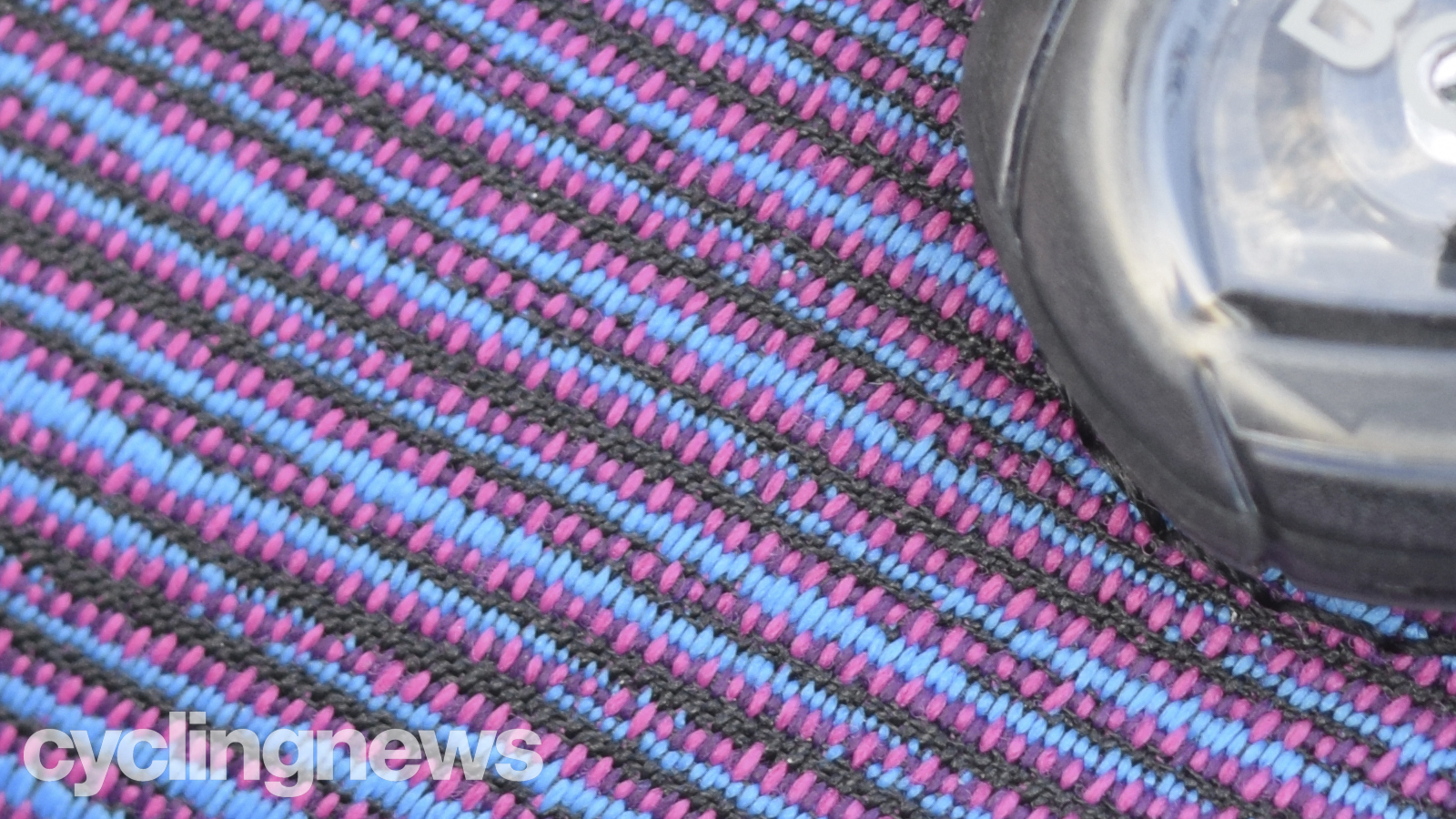
"For Powerweave, it has 22,000 yarns within a square foot, so it's highly compact, allowing us to engineer almost any functionality that a shoe or bib short requires.
"This allows us to put support where you need it, flexibility and breathability where you don't, in a light, compact form. In footwear, it allows us to put more flexibility on the medial side where you need more comfort, and overbuild more materials and more yarns where you need the power transfer."
According to Rapha, when comparing Powerweave to more traditional microfibre, it concluded that the material bulk was 0.3mm less bulky (1mm vs 1.3mm), 230% stronger and 4x less stretchy.
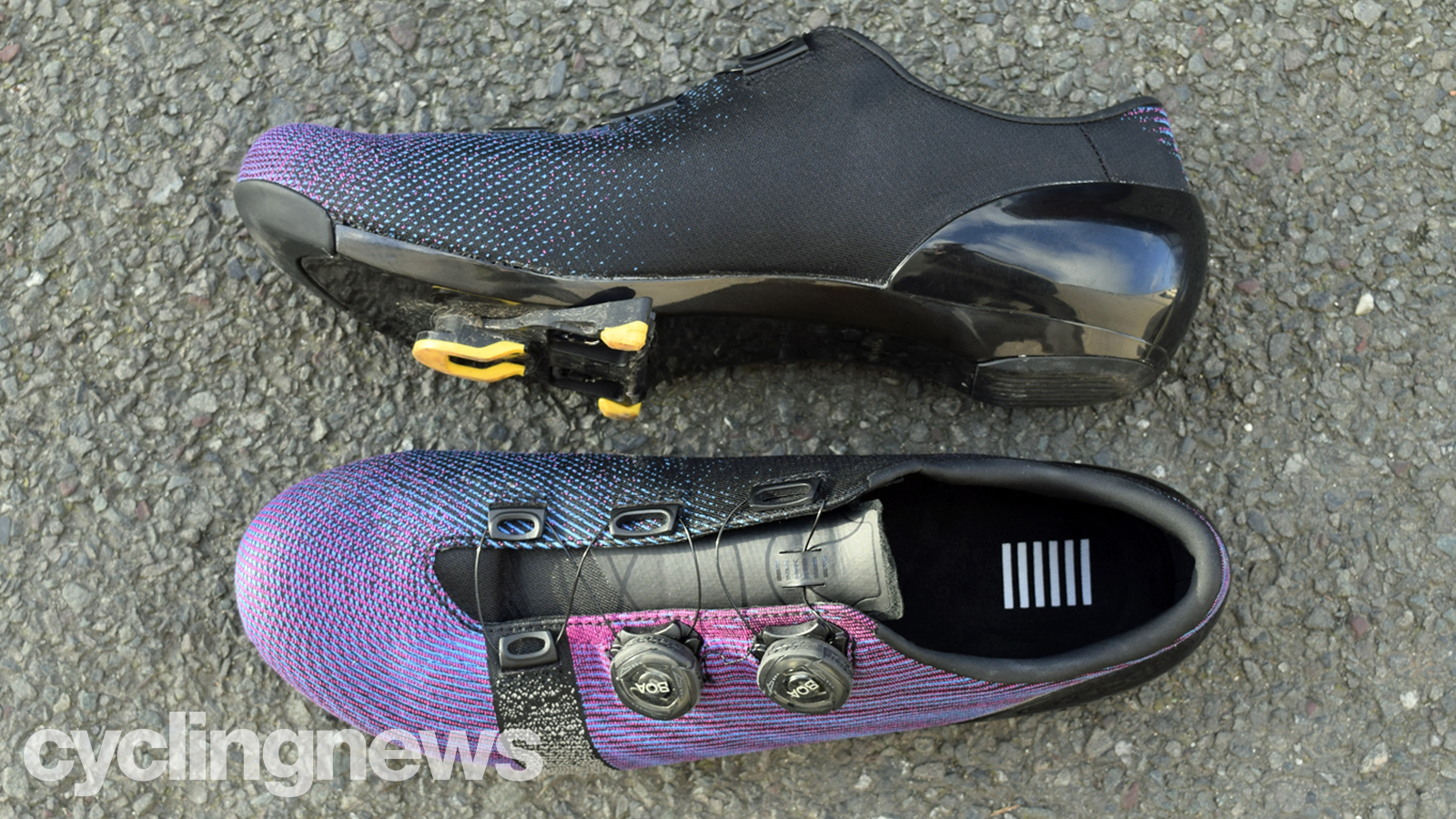
But how does this actually translate into a pair of performance road cycling shoes? I've been riding in these shoes since early November, and in my opinion, really well.
We caught up with EF Pro Cycling's Neilson Powless who agrees: "I like them a lot. They've been working out really well, I've been using them for around four or five days now. I came from Shimano, and they're really comfortable shoes as well, but I've been really digging them. They are pretty narrow, but my feet are also pretty narrow, so I'm always after that anyway."
Specifications
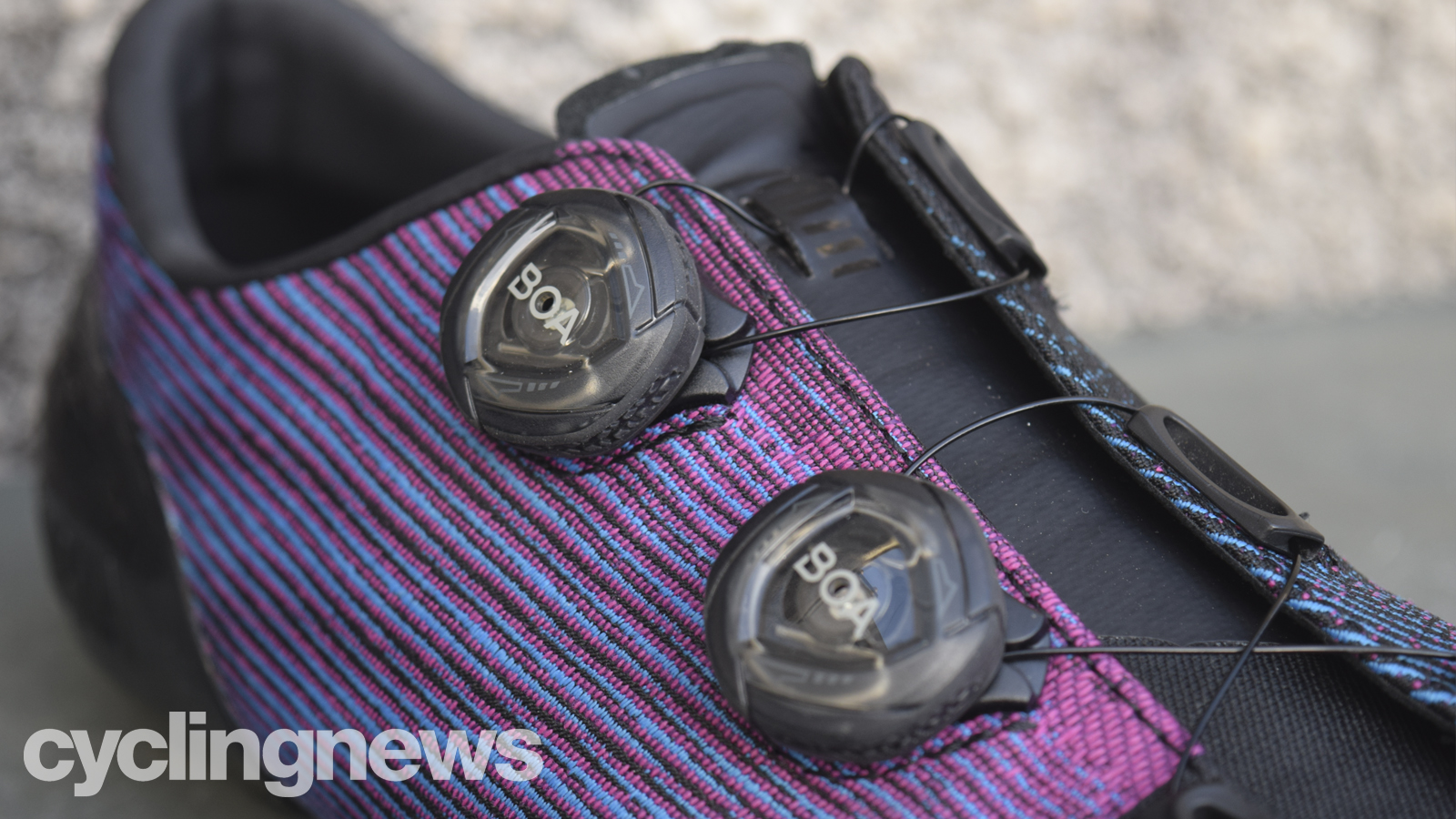
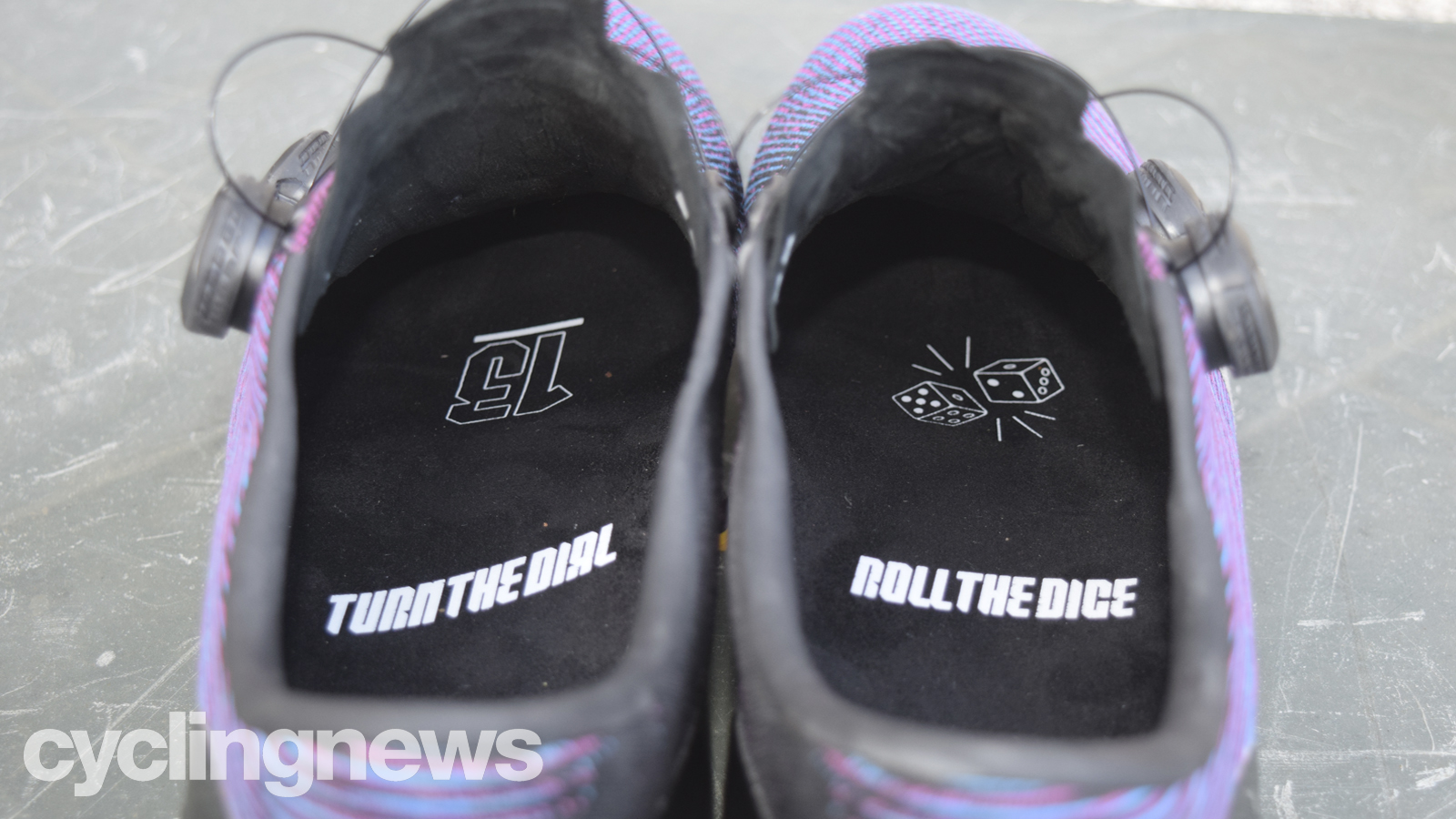
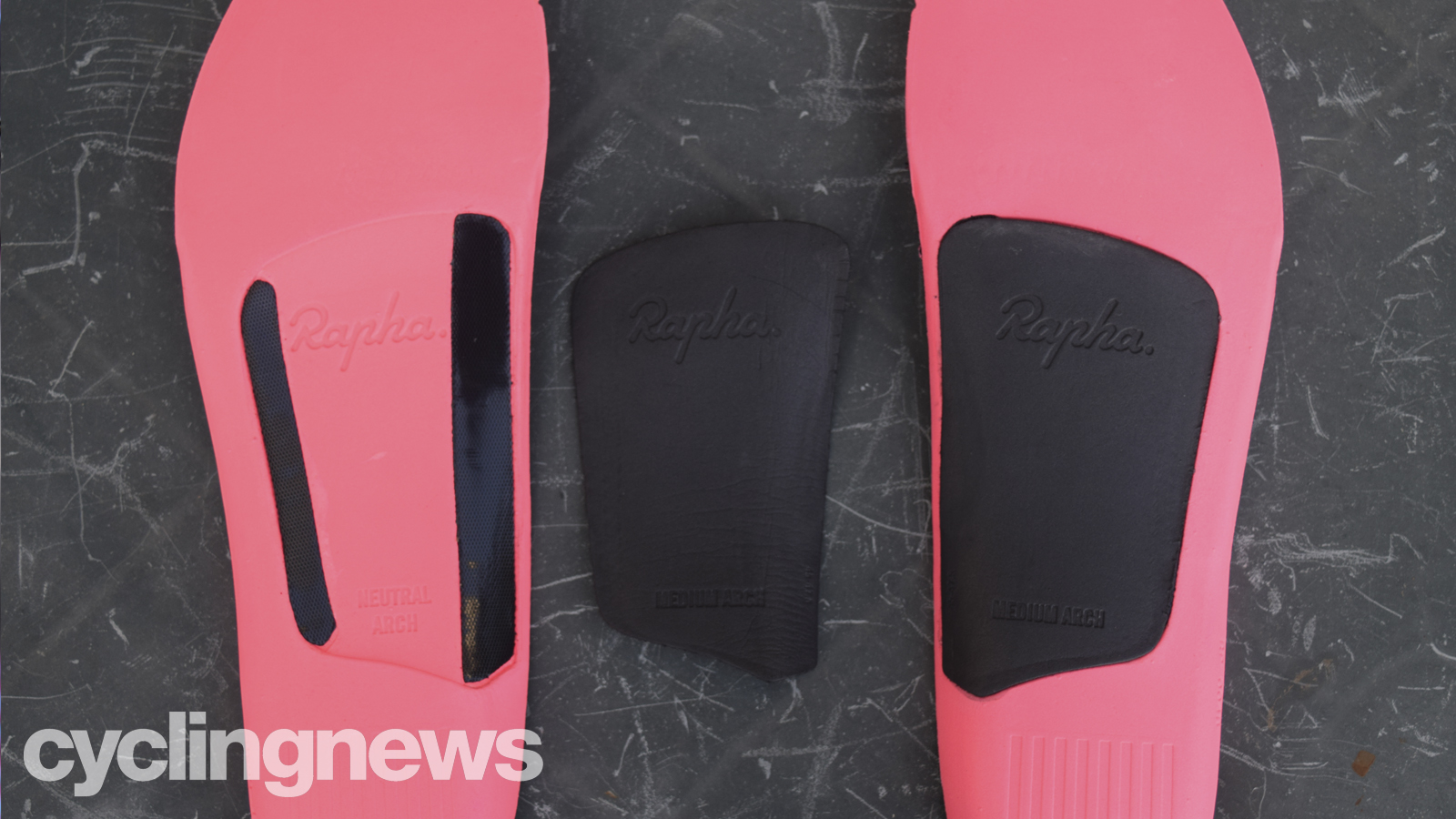
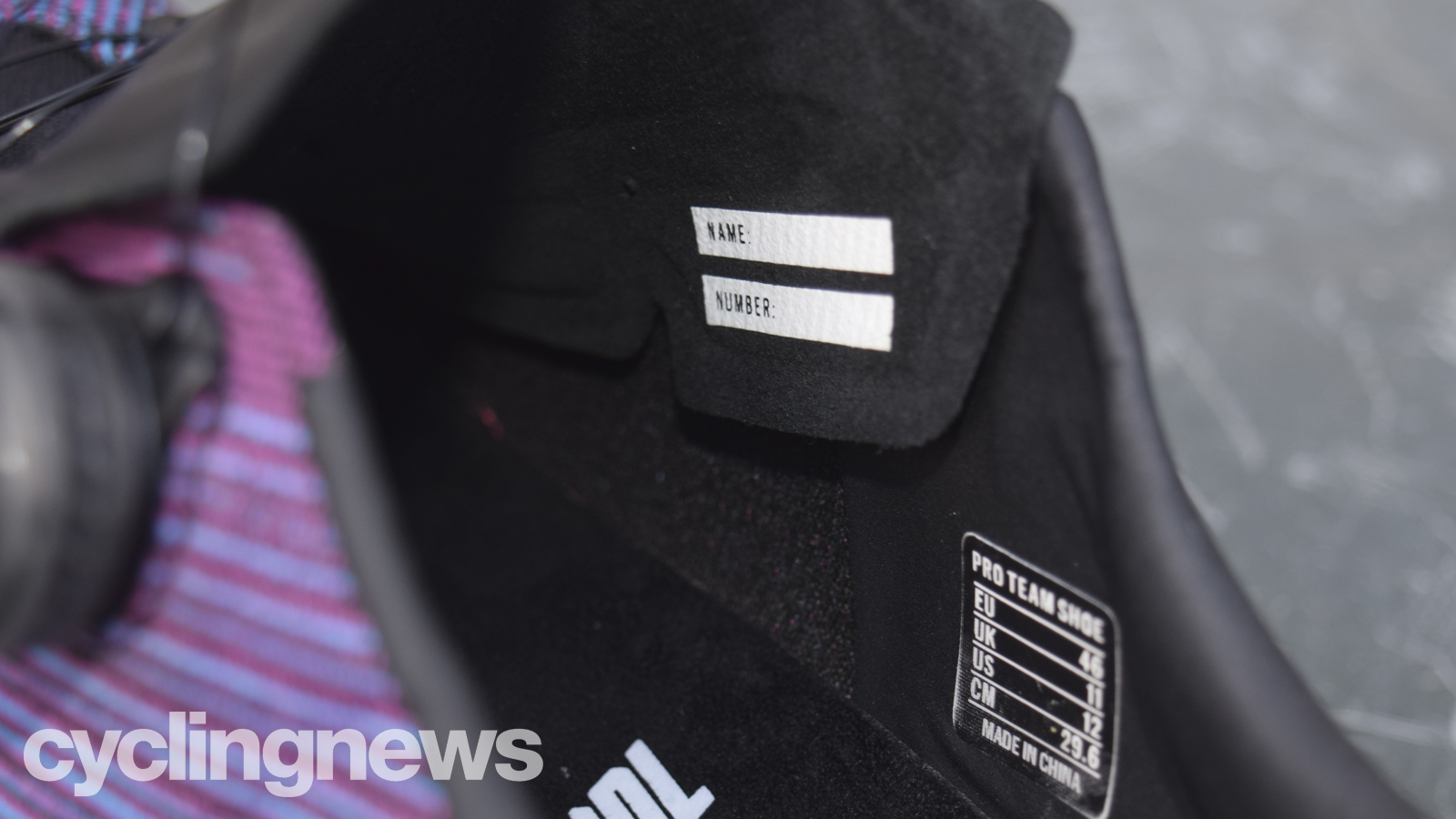
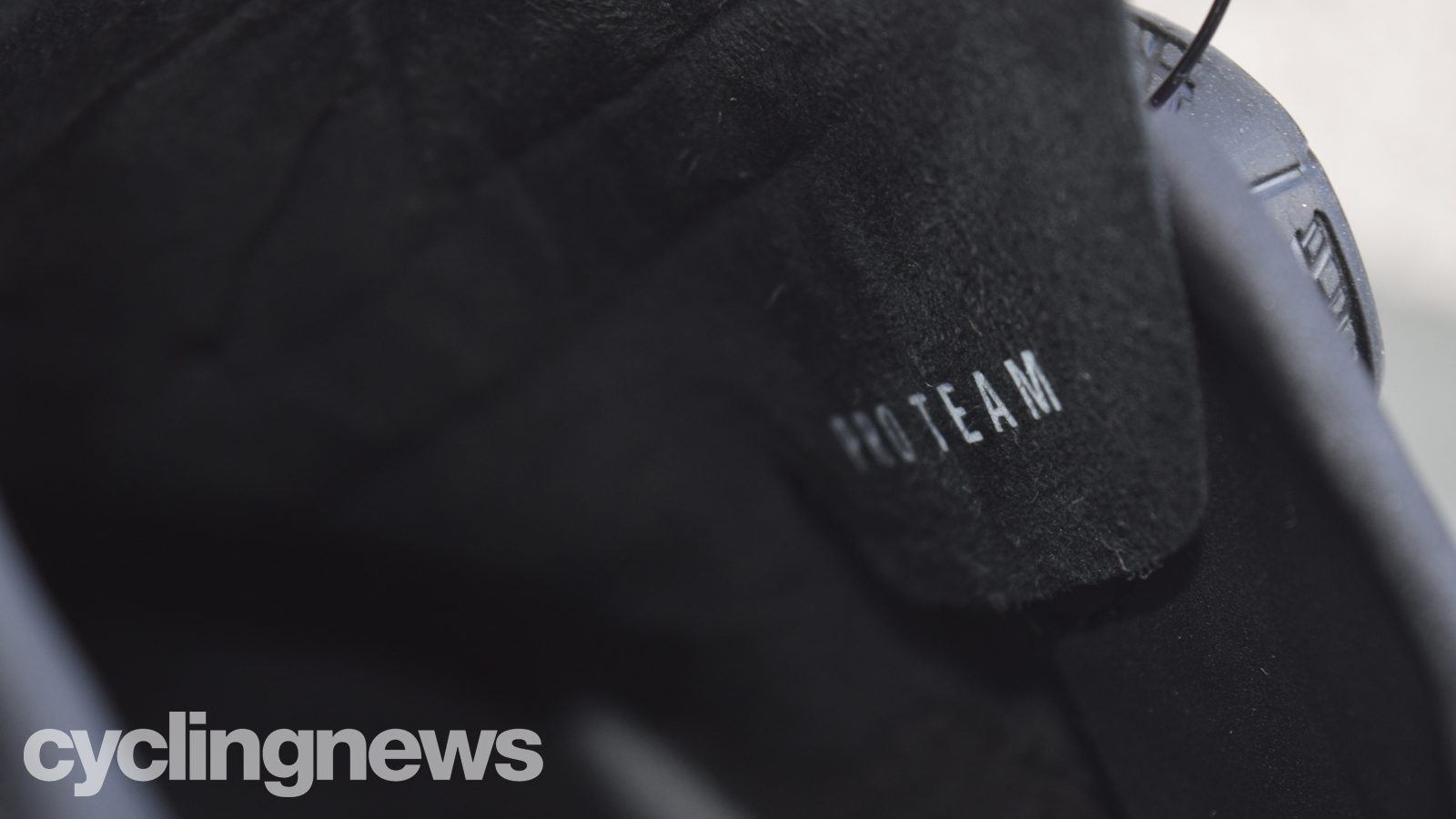
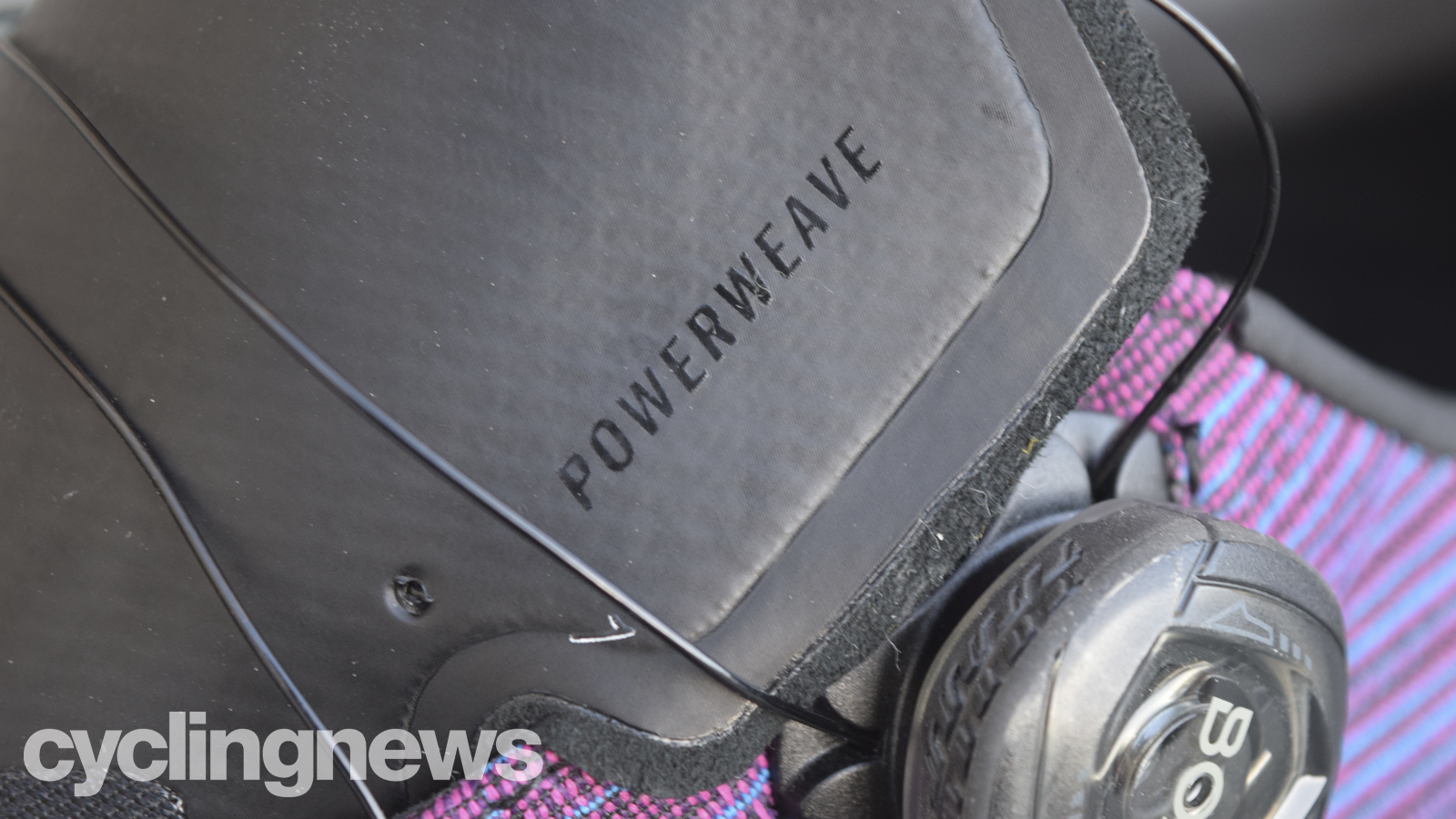
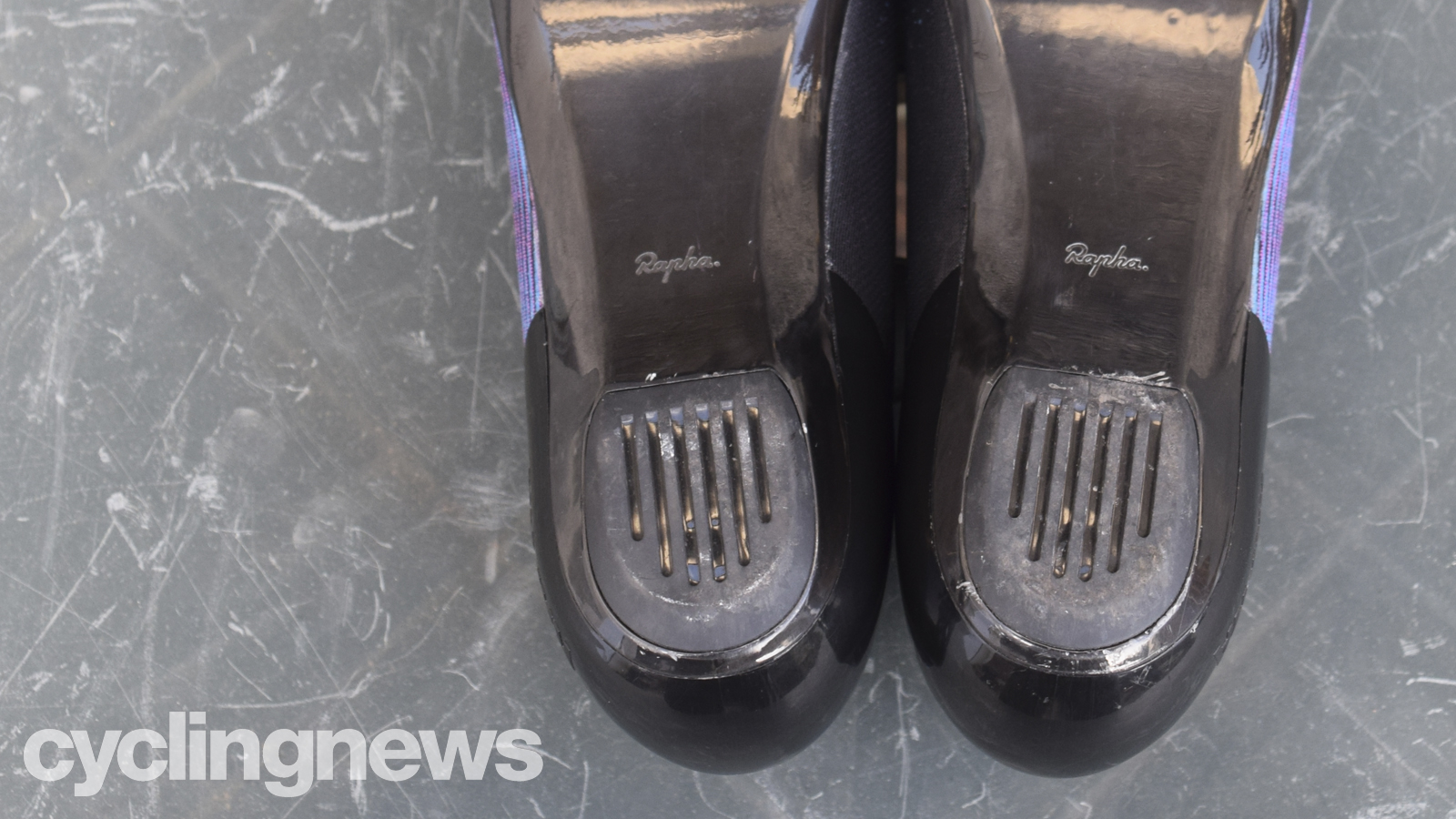
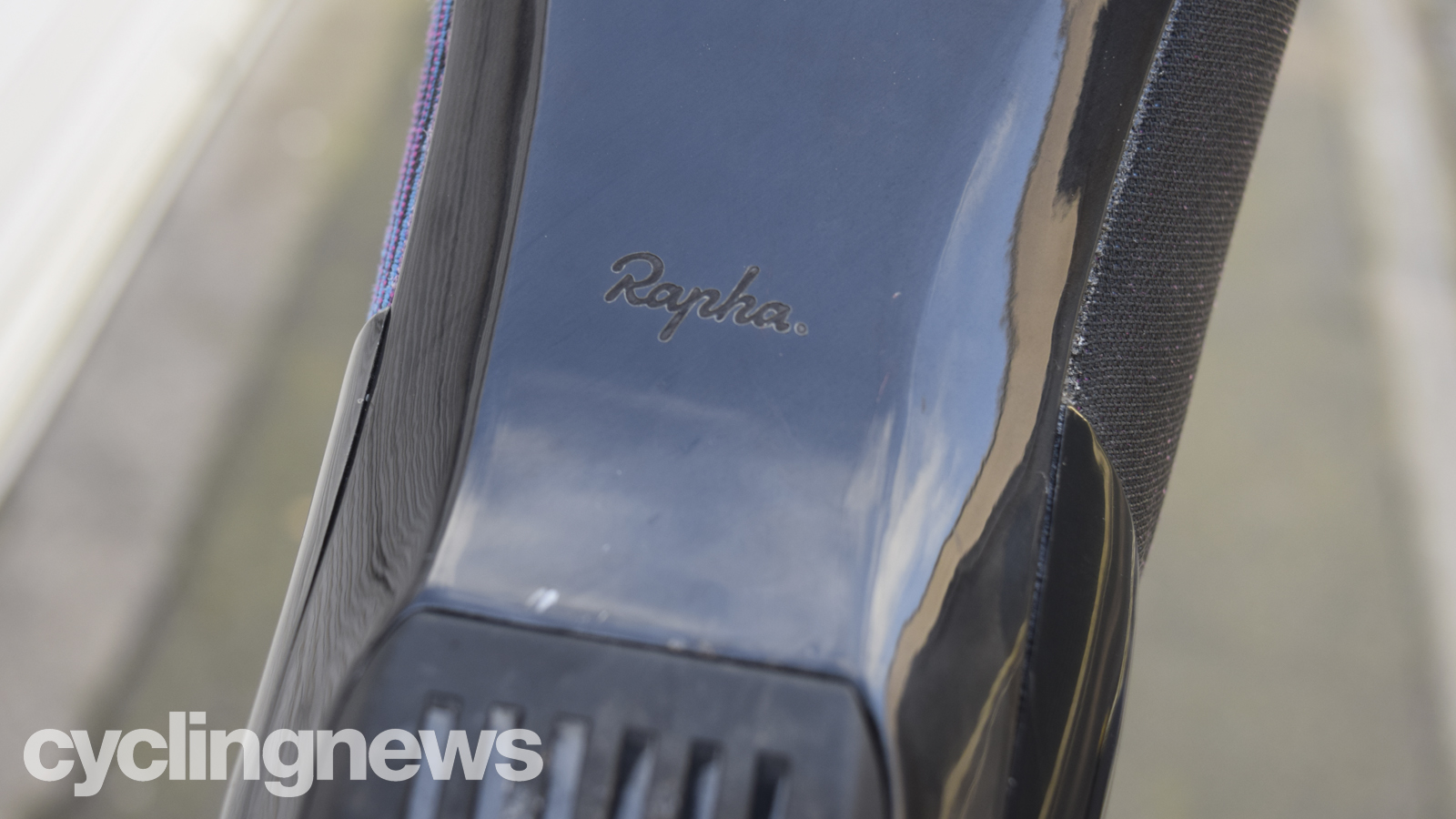
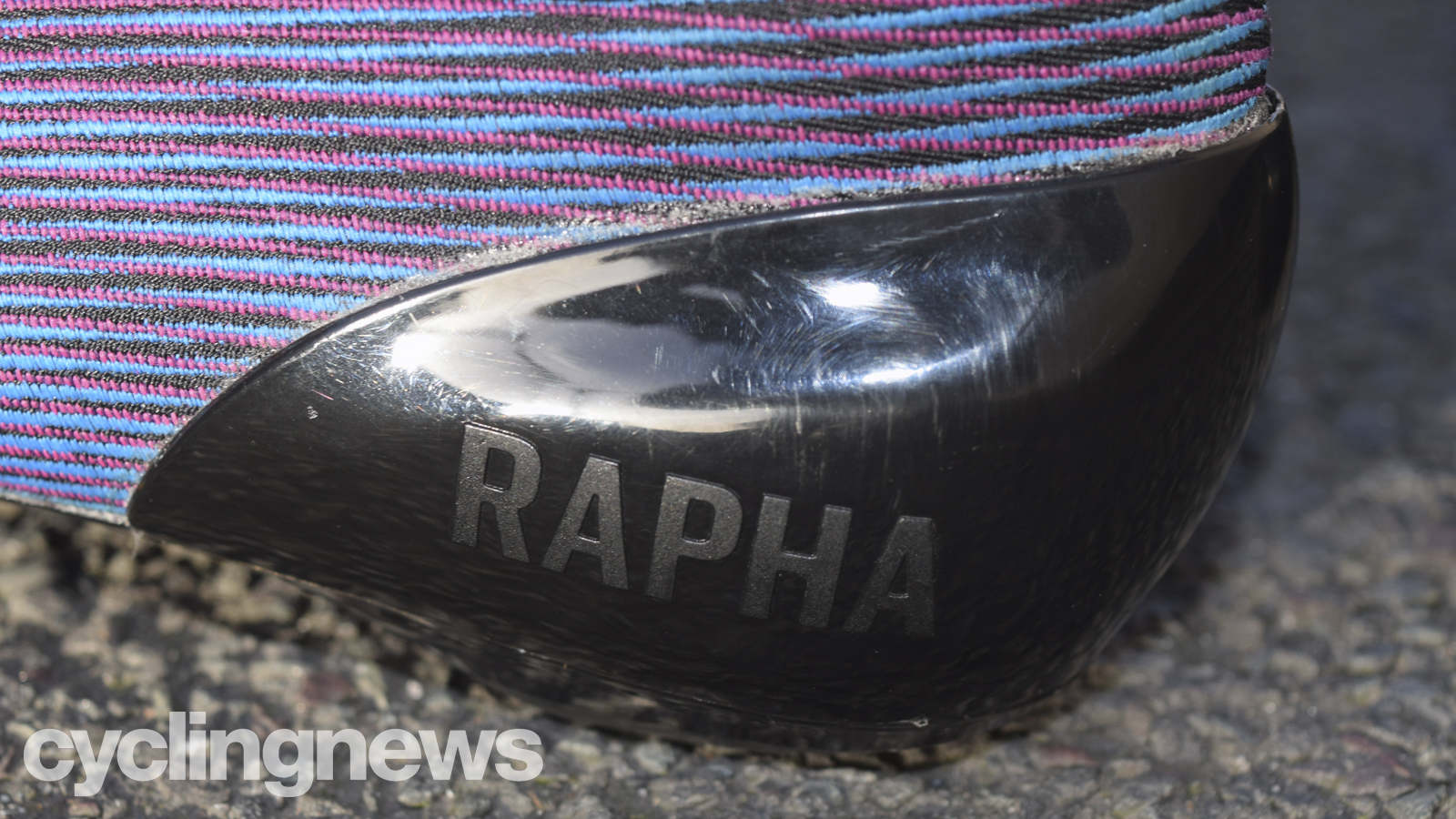
Fastening is handled by two Boa dials with two separate cables tightening the upper and lower areas of the forefoot. The dials themselves are wrapped in a grippy rubber, which makes on-the-fly adjustment a cinch, but they do occasionally catch and self-adjust when putting on overshoes - a minor hitch.
Inside, an adjustable two-part insole takes care of arch support. Adjustable by way of an extra section beneath the arch which can be added or removed to adjust the level of support. There's also a pressure-dispersing tongue, which is thicker and doesn't conform to the foot shape quite as much when pulling up in the pedal stroke. The theory here is that it spreads the pressure points from the Boa cables across the foot more evenly. It works. However, the place at which the tongue is fixed, there's a ~10mm section of thinner material which can - and does - fold into itself, albeit only when putting the shoes on hastily. It doesn't happen mid-ride, thankfully.
Rapha also boldly claims its Pro Team carbon sole is 'stiffer than anything that's on the market'. We baulked at first - we know of some incredibly stiff cycling shoes, after all. Yet while we've no means to put this claim to the test, in our experience, we're satisfied they can hold their own among the best in the sport.
The sole also features a replaceable heel pad, which means that if you find yourself walking across that petrol station forecourt, be that due to a mechanical or in search of food, your new, expensive, super-stiff carbon soles won't take the brunt of the damage.
Riding experience
During the four-month period in which I've been riding in the Rapha shoes, they've seen approximately 1500km of use in all conditions. They're certainly not winter cycling shoes but they don't fail at keeping your toes cosy on those chilly winter mornings. They're also not waterproof, and they don't claim to be, yet despite the British weather doing its best to ruin the electric purple aesthetic, the DWR coating has kept them looking box-fresh and beautiful. How the aesthetics of the light-grey option would fare in such conditions is a relative unknown, but one would guess worse.
Like Powless, my feet are also pretty narrow, so narrow cycling shoes are far from my kryptonite, but that didn't stop me being surprised at just how comfortable they were. That narrow profile is not dissimilar to an S-Works shoe, and while my three former experiences with Specialized's shoes have required a period of bedding in, the Rapha shoes needed no such thing. Straight out of the box, the Pro Team Powerweave kicks were wholly comfortable, hot-spot free, and perfectly true to size.
Construction of our pre-production sample has been reasonably solid throughout our test period. The only concern we raised with Rapha has since been addressed and resolved ahead of the shoes' official launch.
Verdict
Even before we look at the price I cannot fault the Rapha Pro Team Powerweave shoes. Considering how the shoes punch well above their weight in performance terms, the £260 / $355 / AU$450 / €310 price tag surprisingly positions Rapha as the value option in this segment of range-topping shoes. For examples of that, look no further than the £325 S-Works 7, the DMT KR1 at £310, and Sidi Shot's £350 price tag.
Of course, £260 is still far from loose change but in today's Premier League of cycling shoes, Rapha's Pro Team Powerweave kicks provide a worthy alternative to many of the segment's top-tier rivals.
Test conditions
- Temperature: -4 to 15 degrees
- Weather: British winter: dry and sunny to rainstorms and snow
- Road surface: Bone dry to floods
- Route: Tarmac, cycle path
- Mileage: ~1500km
Tech spec: Rapha Pro Team Powerweave shoes
- Price: £260 / $355 / AU$450 / €310
- Weight: 220g (claimed size EU42) | 343g (actual EU46 w/ Shimano cleats)
- Retention: Twin Boa
- Sizes: 36-47 (unconfirmed)
- Colours: blue-purple, black, light-grey
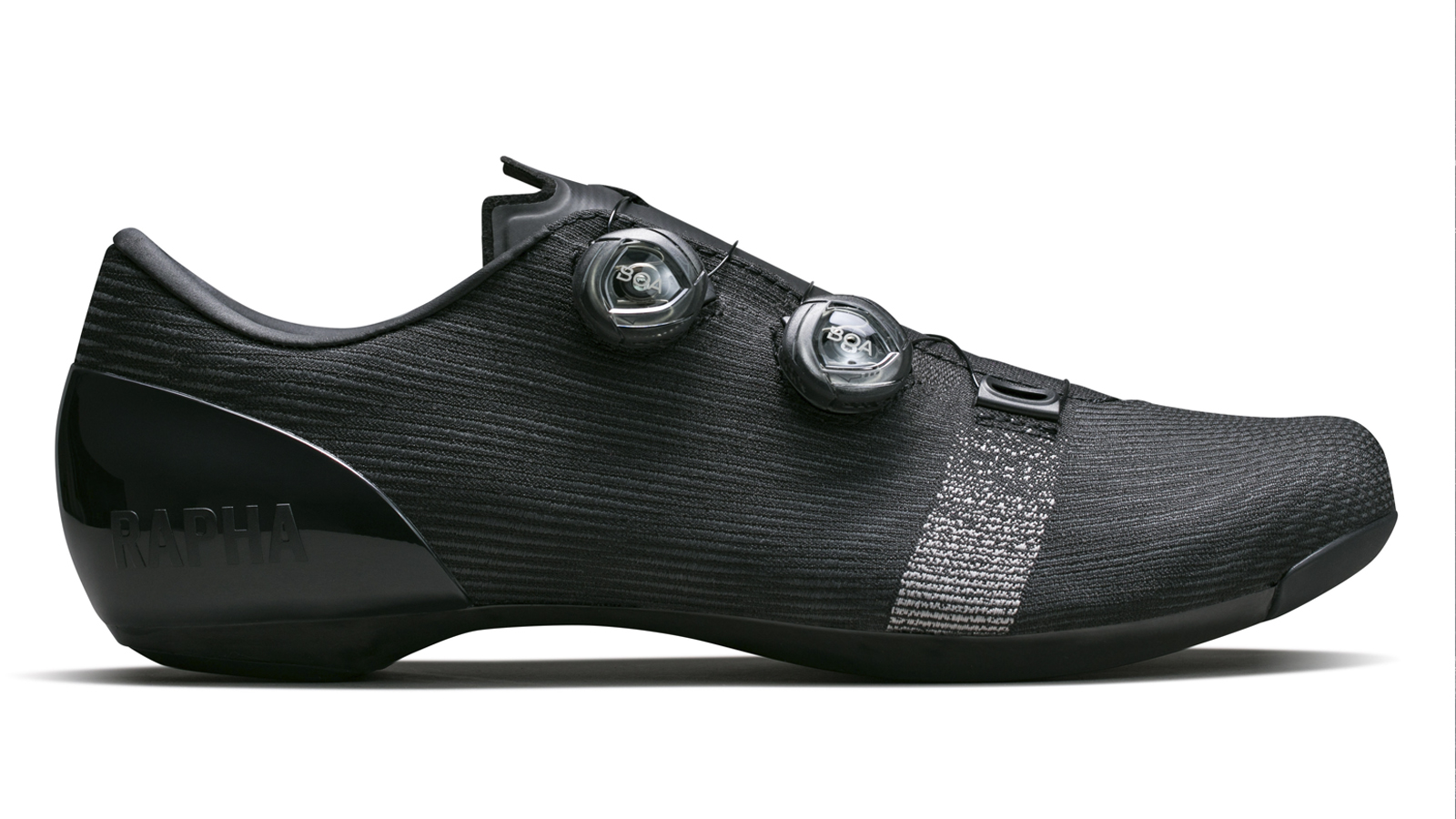
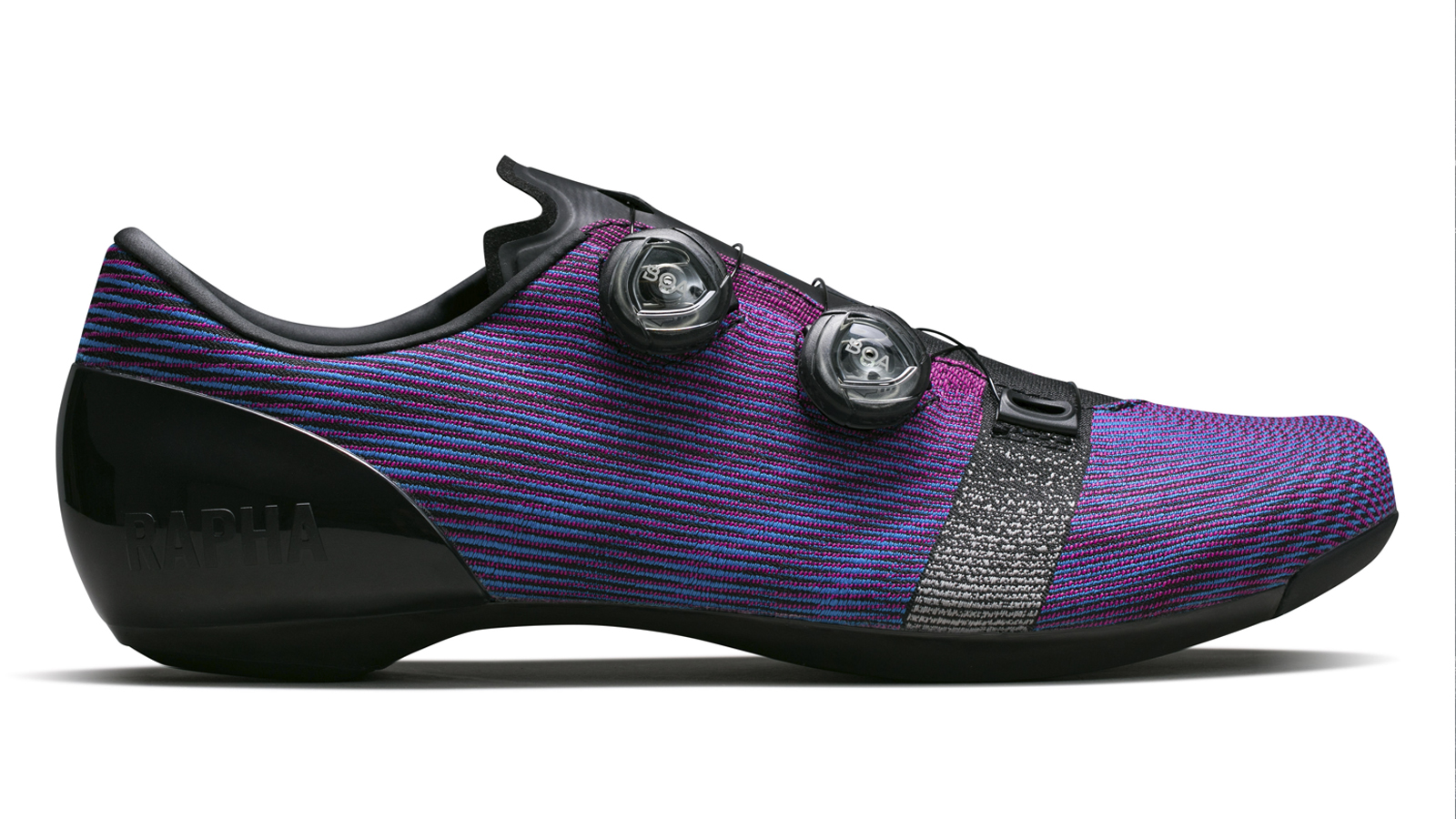
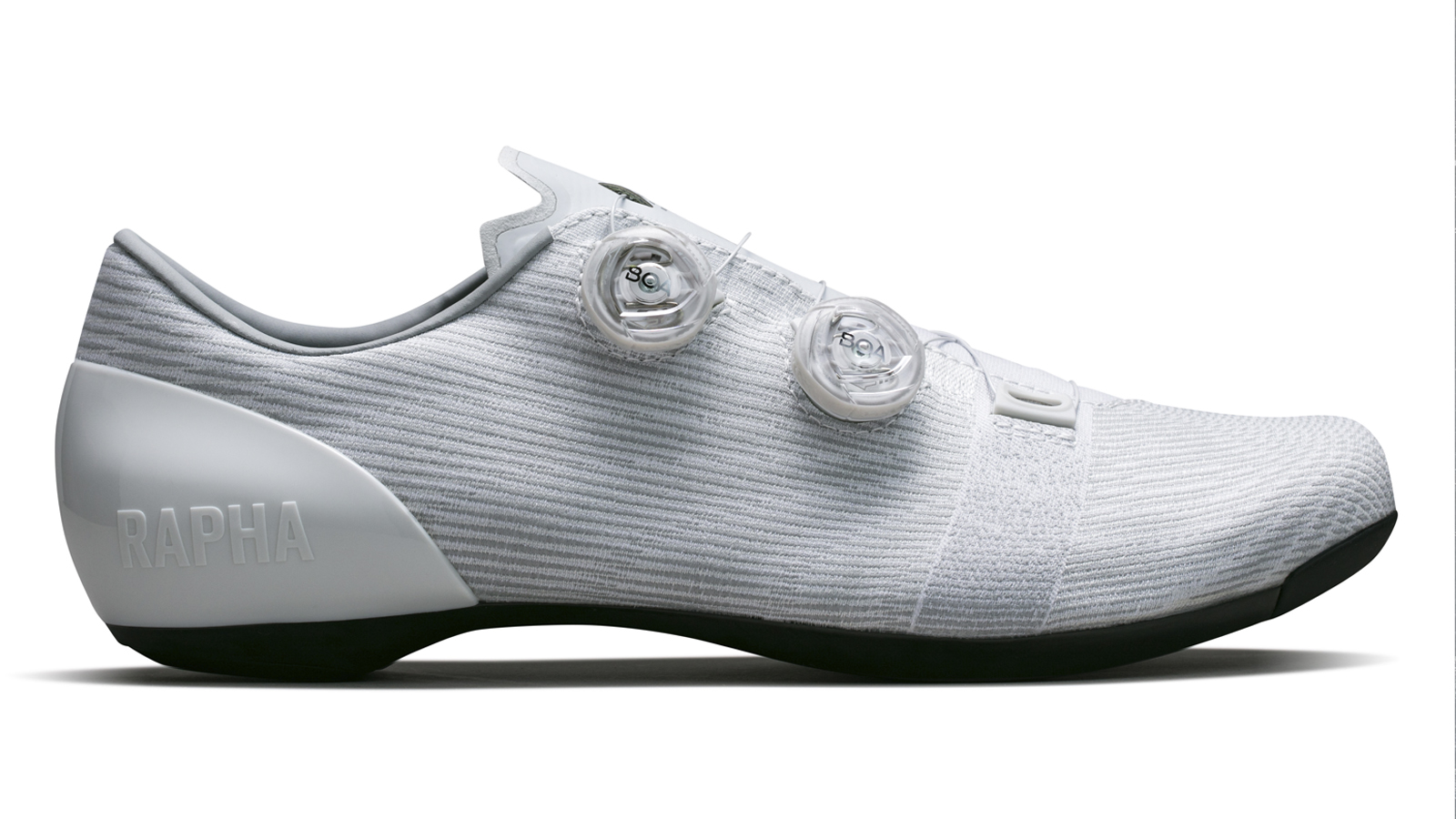
Refresh your cycling wardrobe for less with our Rapha promo codes to get high-performance apparel for less.

Josh is Associate Editor of Cyclingnews – leading our content on the best bikes, kit and the latest breaking tech stories from the pro peloton. He has been with us since the summer of 2019 and throughout that time he's covered everything from buyer's guides and deals to the latest tech news and reviews.
On the bike, Josh has been riding and racing for over 15 years. He started out racing cross country in his teens back when 26-inch wheels and triple chainsets were still mainstream, but he found favour in road racing in his early 20s, racing at a local and national level for Somerset-based Team Tor 2000. These days he rides indoors for convenience and fitness, and outdoors for fun on road, gravel, 'cross and cross-country bikes, the latter usually with his two dogs in tow.
